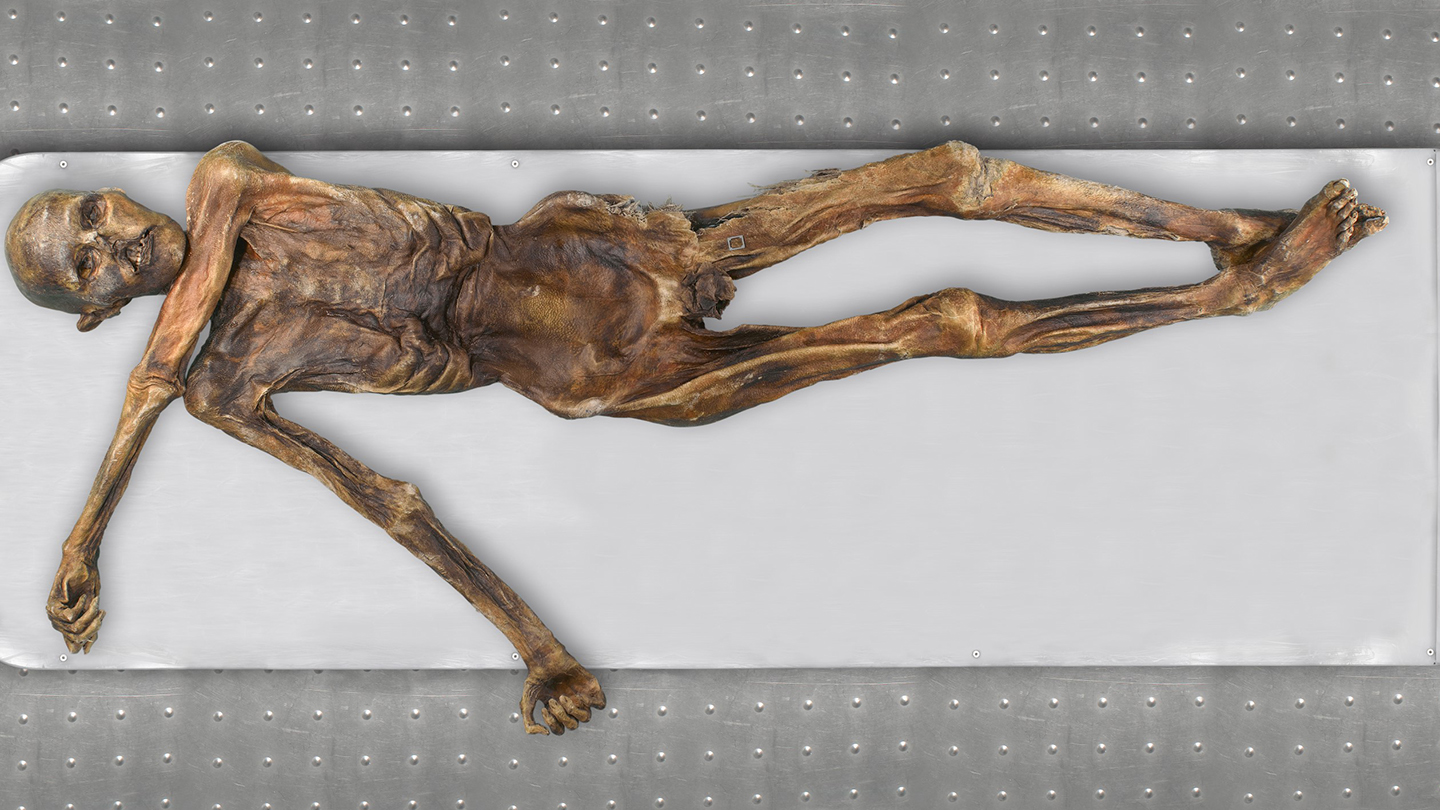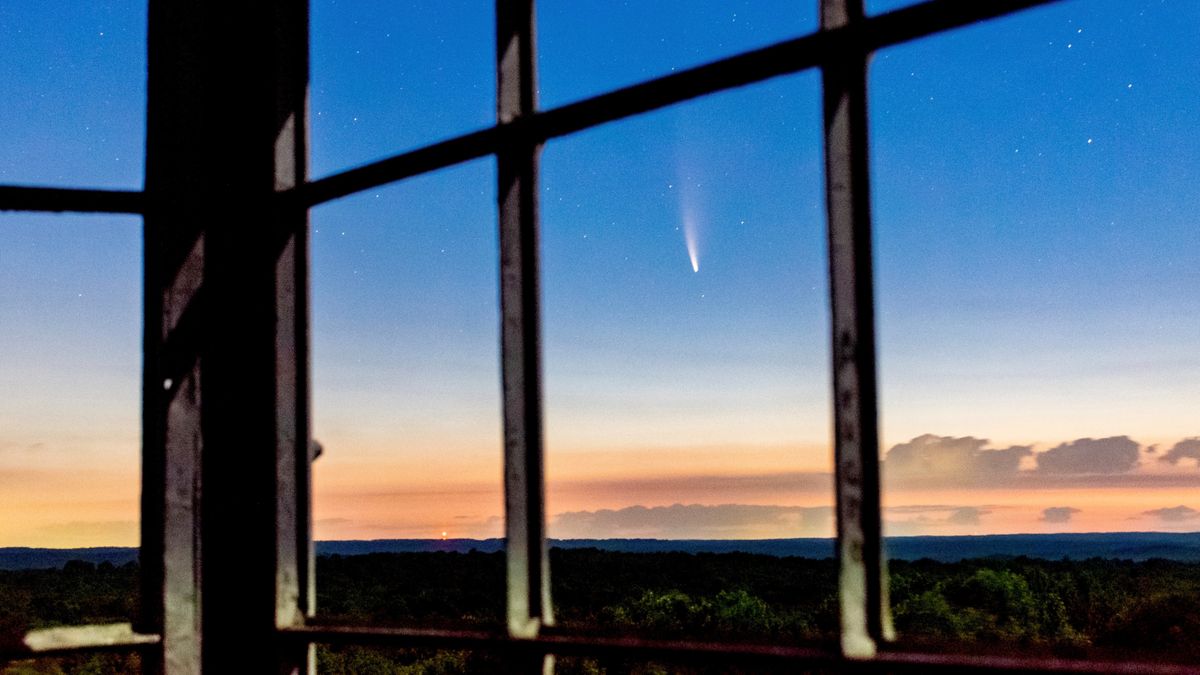
An artist’s impression of HD 45166, an unusually magnetic star, showing how intense winds of particles blowing away from the star are trapped by the magnetic field
ESO/L. Calcada
A new type of star may be the solution to a cosmic mystery. After a century of study, astronomers have finally worked out why a star called HD 45166 looks so strange, and it could be the key to understanding where curious stars called magnetars come from.
HD 45166 is located in a binary system about 3000 light years away and is a type of object called a Wolf-Rayet star, also known as a helium star because it has blown away its outer layers of hydrogen to reveal the underlying helium. But it has never looked quite like any other Wolf-Rayet star we have ever seen. “This star was known to be weird for about 100 years,” says Tomer Shenar at the University of Amsterdam in the Netherlands. “It didn’t make any sense – it really contradicted theories, so it deserved more scrutiny.”
Shenar and his colleagues have now made a series of new observations of the star, digging into the spectrum of its light to learn more about how it works. They found that it has an extraordinarily powerful magnetic field, stronger than that of any other star of its size that has been measured.
The outflows of material that make HD 45166 look so strange are probably actually trapped in its magnetic field, not flowing away like in normal Wolf-Rayet stars. “What you would see up close is mostly material trapped in arcs going between the poles of the star and colliding in the middle,” says Shenar. “You’d see this thick ball of gas, and sometimes piercing through this you’d see the actual star.”
These powerful fields mean that when this star collapses in on itself in a few million years, it will most likely become a magnetar, which are neutron stars with the strongest magnetic fields in the universe. About 10 per cent of neutron stars are magnetars, but how exactly they form has been a mystery for decades. If stars like HD 45166 do eventually turn into magnetars, that mystery is finally solved.
The next step for Shenar and his team is twofold: by continuing to observe the binary system for a few more years, they will get a better handle on the star’s properties and hence its eventual fate. They also plan to search for more of these magnetised helium stars – their calculations indicate that there should be hundreds in our galaxy. If they can find more at different stages of stellar evolution, they may finally be able to nail down how magnetars really form.
Topics:














